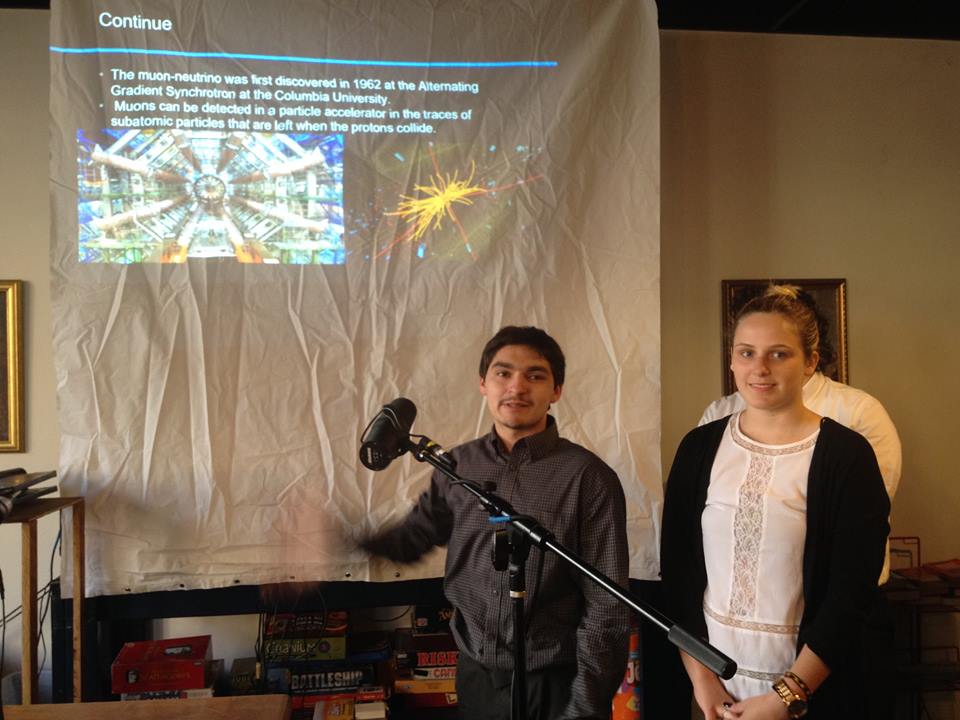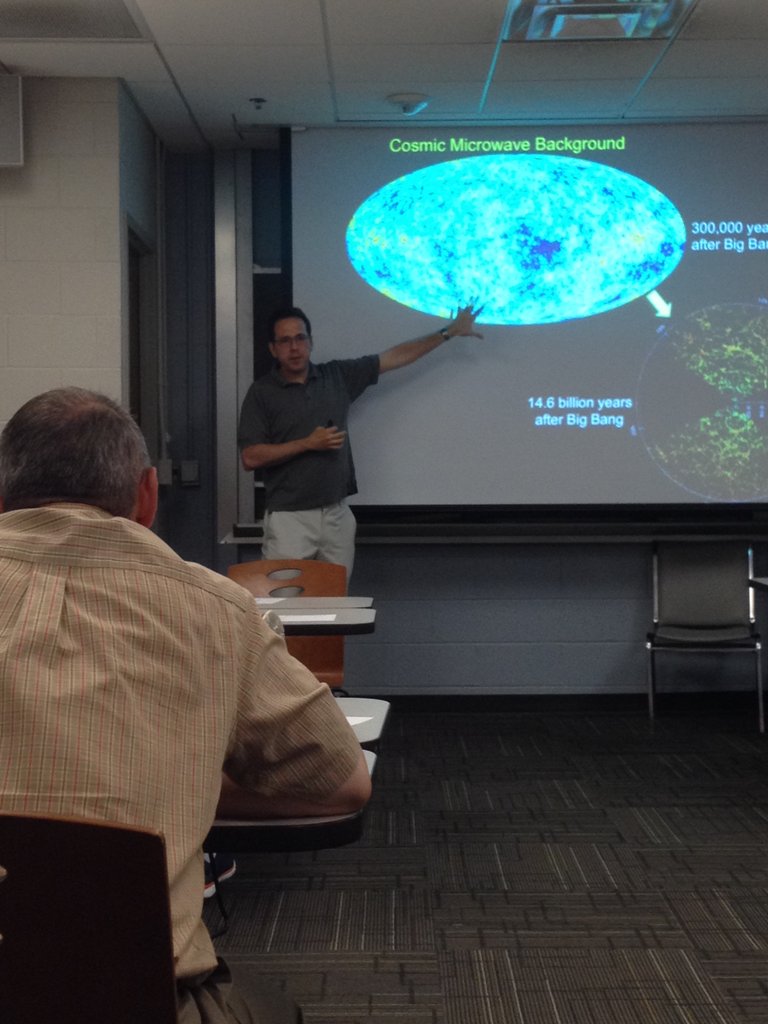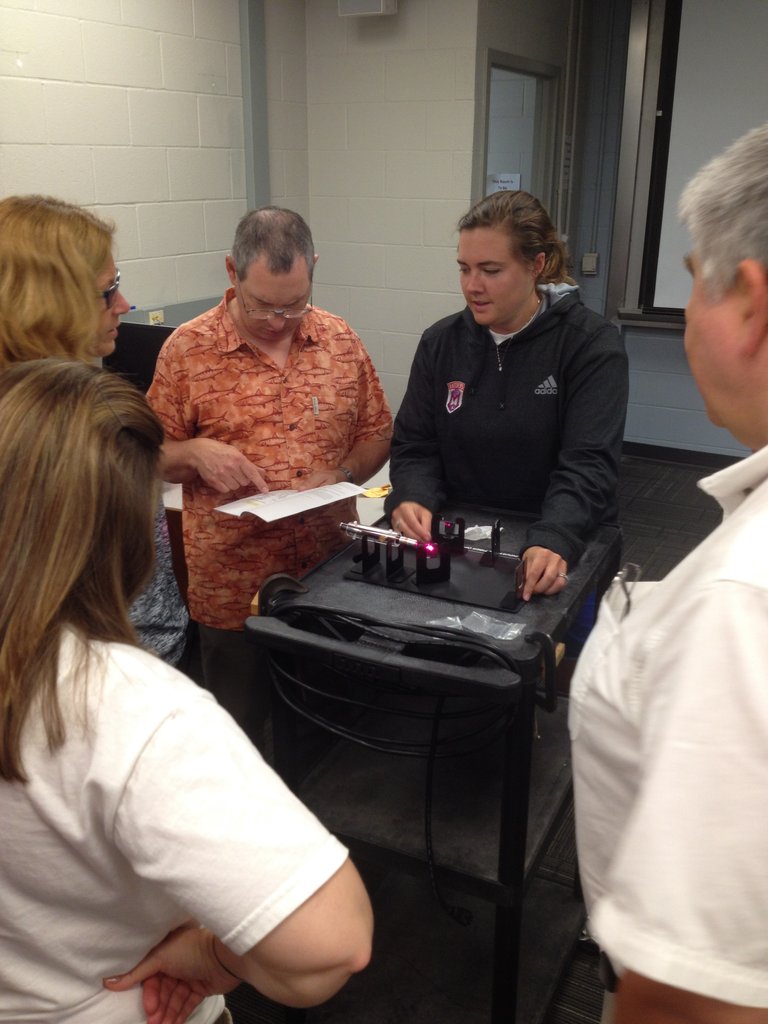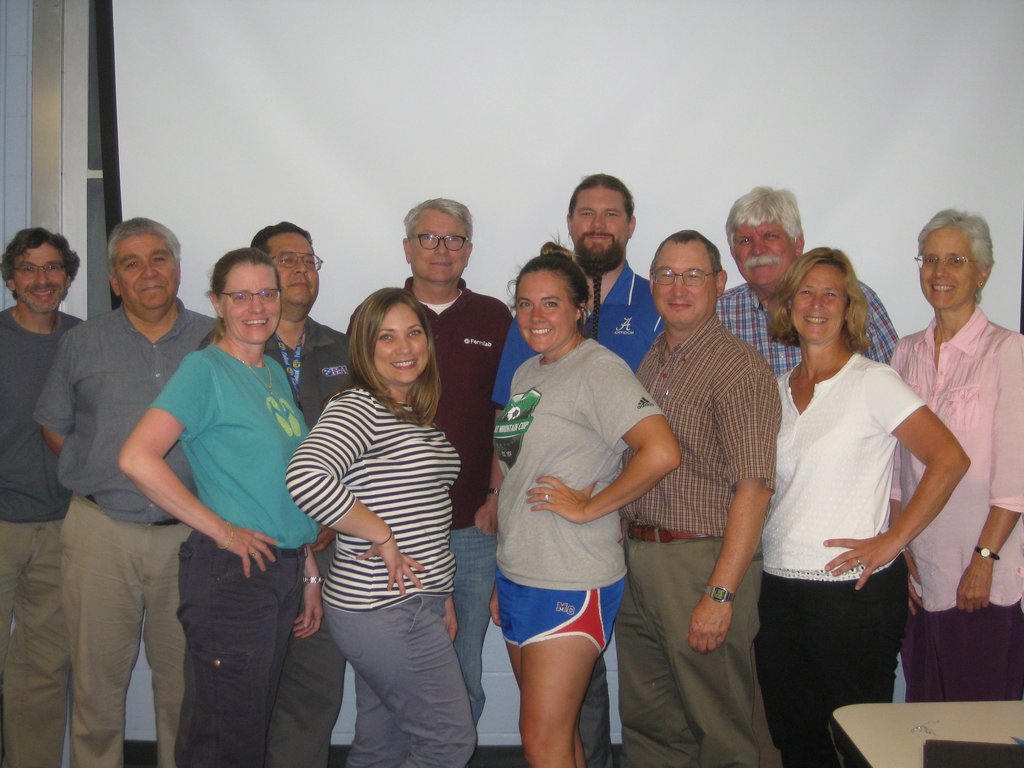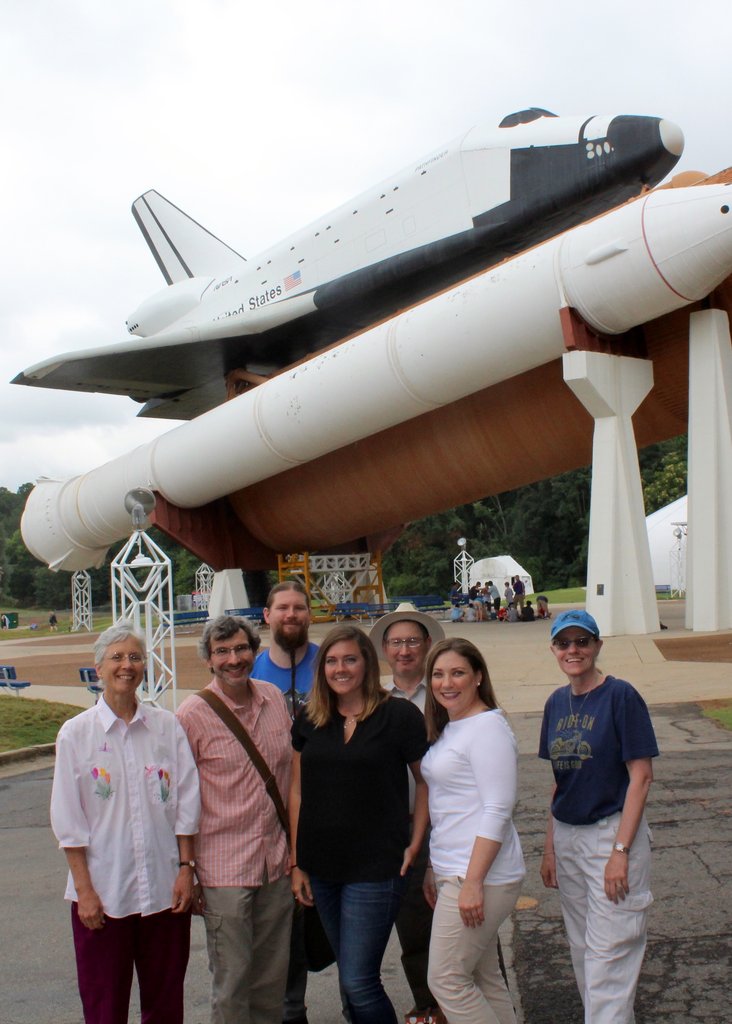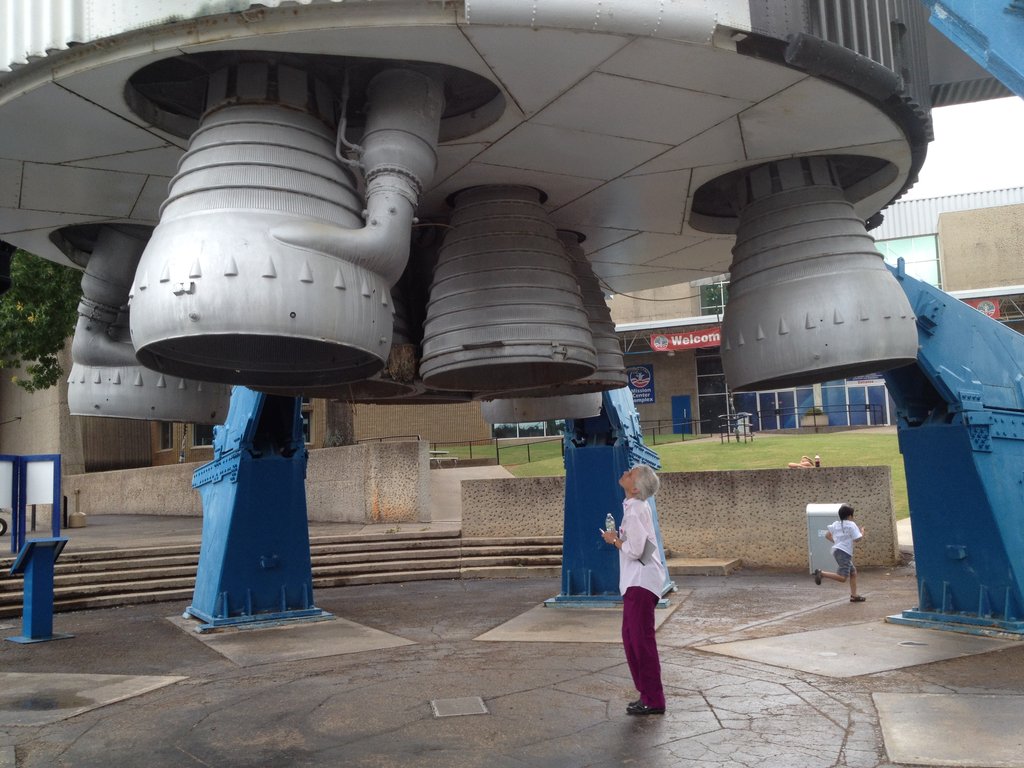Vanderbilt 2016
Vanderbilt University QuarkNet 2016
Personnel
The Vanderbilt University QuarkNET group is mentored by William (Bill) Gabella, which much help from emeritus mentor Medford Webster and a volunteer teacher Terry King. We advise the teachers and students on the use of the Cosmic Ray Muon Detectors (CRMDs), we maintain them, and we help with either setup of our loaned out CRMDs or with those that are permanently at the school.
Cosmic Ray Muon Detectors
The Vanderbilt QuarkNET has three conventional cosmic ray muon detectors and one "unconventional" one---it has smaller scintillator paddles. The one with the small scintillators is most useful for looking at attenuation of the muon flux with materials, like water, or bricks, stacked between pairs of scintillators. These are routinely loaned to our high school teachers for their club and classroom work. Starting a few years ago, our most active high schools now have their own CRMDs, with four sets in the area.
This year Meaghan Berry's research class borrowed two of the loaners and later setup the one they received from Fermilab. She ran two (or more) research groups on these detectors. And one of the groups presented their results to the Science Club of Nashville, an organization of mostly young professionals with a history in science or technology or currently working in science or technology or just interested. The four high school students did an excellent job presenting the CRMD, which they setup and ran as a demo, and their research with it. They attempted to correlate pressure and temperature with muon flux with a null result. Still they did a very good job presenting cosmic rays, the resulting muons, a nd the detection with the CRMDs. Their presentation was very well received.
Summer Workshop 25-29 July 2016
Following our tradition, we had several talks by local experts, on the LHC, CMS physics and computing, Mapping the Universe, and the CMS Forward Pixel upgrade. Thanks to Andrew Melo, Andreas Berlind, and Will Johns for the very interesting talks and discussion. Bill talked after lunch introducing Gravitational Waves, mostly about the sources and the nature of the Quadrupole formula for gravitational radiation.
Tuesday and Wednesday were all about the LIGO eLab---looking at the data from the Hanford and Livingston seismometers. Ken Cecire from Notre Dame and national QuarkNet led the two day workshop. It was interesting to correlate data with earthquakes, thunderstorms, and other events. Checkout the "agenda" link below and especially the "Info on frequency bands" that appears. This is from Dale Ingram who also gave us and two other institutions a virtual tour of Hanford LIGO. We also had a virtual tour of LIGO Hanford and were joined by several other QuarkNET Workshops.
Thursday was all about a day trip to Marshall Space Flight Center (and the U.S. Space and Rocket Center) in Huntsville, AL. We were hosted by Scott Anderson, who looks like a great contact for teachers---free stuff was mentioned as well as teacher space camps with the possibility of funding/grants to attend! We heard from Trey Cate, the deputy communications person, about the Space Launch System (SLS), NASA's new heavy lift vehicle. He discussed the distant retrograde orbit on the far-side of the moon for construction of the Mars space craft and rocket. He also discussed the Orion crew module that can sit on top of the SLS. We had a bus tour after lunch to see Marshall itself and hear about the history. One stop was the Payload Operations and Integration Center, where we visitors could look at operators in the control room guiding and monitoring science experiments on the International Space Station.
Friday seemed to be all about throwing bottles of water that had a leaking hole cut in their sides. But actually it started with Terry King guiding us through the construction of two fun LIGO/Gravitation demos...the spandex warped spacetime, and the tennis ball merging like blackholes. Very Fun! We also assembled the Cosmic Ray Muon Detector and looked at the Equip program, to refresh our memories. The last thing we did was to throw leaking water bottles at Bill and Meaghan from a spiral staircase. By-the-way, they do not leak the whole time...something to do with the equivalence principle.
Great Week! Thanks to our speakers, to Ken, and to the teachers that make it interesting.
The Monday and Tuesday talks for Vanderbilt QuarkNet 2016 can be found here especially other formats, and linked below.
Gabella's Welcome .
Gabella's LHC talk .
Melos's CMS Physics and Computing .
Berlind's Mapping the Universe .
John's CMS Forward Pixel Upgrade.
Gabella's Gravitational Waves, Sources .
Cecire's agenda for the VU Workshop.
Gabella's LIGO and Saulson's Description of Light Stretching .
LIGO's Educators page, and the last link for the Educator's Guide.
Bill's iPhone shots includes Monday, Tuesday and Wednesday with Ken Cecire, fun with the interferometer, and Thursday in Huntsville.
Bill's camera shots with the virtual tour of Hanford LIGO and the interferometer, as well as Huntsville. Includes a picture or two of Scott Anderson.
Scott's pictures while we were touring the U.S. Space and Rocket Center, Hunstville, AL. Gallery has the full resolution pictures if you keep clicking on them.
Other Links of Interest
Local web page http://www.hep.vanderbilt.edu/~gabellwe/qnweb
Facebook group page https://www.facebook.com/groups/682323215235912/
Vanderbilt QuarkNET Page (drupal, i.e. here) /group/vanderbilt-university-quarknet-center
Top QuarkNET i2u2 page /
[Written and edited by Bill Gabella 20160907]
